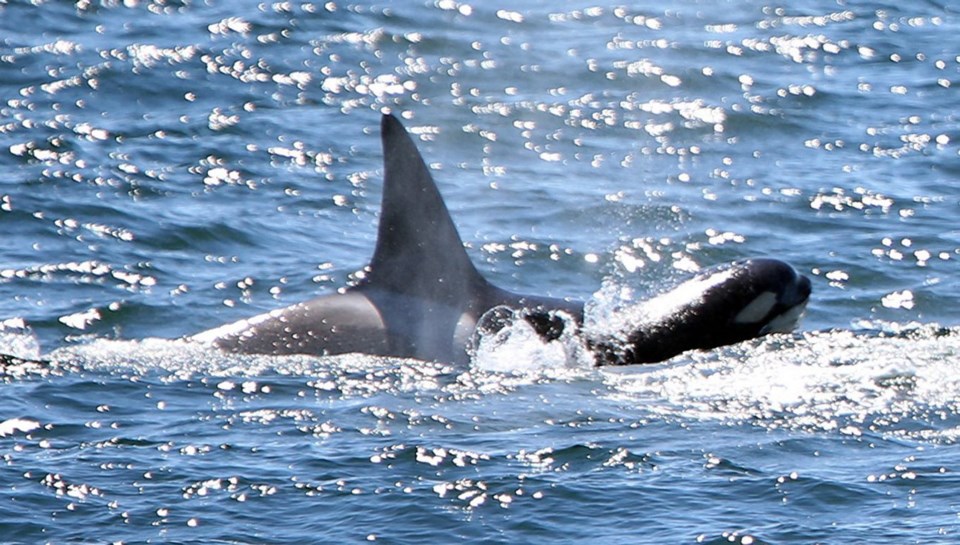One of Vancouver Island’s coves, bays and inlets could become a refuge for orcas retired from aquarium life.
The Whale Sanctuary Project, launched last week, is in the early stages of identifying potential sites along the coast of southern B.C. and Washington state. The sanctuary would allow retiring, injured or ill cetaceans — whales, dolphins and porpoises — to swim in a cordoned-off ocean environment close to their natural habitat.
“A lot of us in the marine mammal community have known for a long time that, if there was any kind of move to phase out having these animals in entertainment in concrete tanks, there’s nowhere to go,” said project president Lori Marino, an expert in animal behaviour and executive director of the Utah-based Kimmela Center for Animal Advocacy.
The project has raised an initial $1 million US toward a $20-million startup budget, Marino said.
The site search will involve studying the geography and oceanography of possible coastal locations, as well as the potential human impact. The organization is also considering East Coast sites in Maine and Nova Scotia.
“It’s hard to tell what it would look like at this point,” Marino said.
“But it would be quiet, protected from environmental extremes and protected as much as possible from influences of industry around it.”
There would be staff and facilities to support animal care and a visitor centre for education and outreach.
Many aquariums and marine show centres care for ill, injured or retired marine mammals on site, but Marino said there should be an independent facility.
The plan is already drawing critics.
John Nightingale, president and CEO of the Vancouver Aquarium, said the plan raises plenty of questions.
“I understand the human desire to say: ‘I wouldn’t be happy living in an aquarium; let’s put them back in the ocean,’ ” he said. “But I think … we do them a huge disservice when we use human thinking and emotion.”
Transitioning an orca that has spent its life in captivity to such a different environment could be traumatic, Nightingale said. He gave the example of Keiko, an orca that struggled to adapt to the wild in the North Atlantic.
The ocean also limits the ability to monitor animals, he said.
“A black whale goes down two feet and you can’t see it anymore,” he said.
“In terms of assessing health, behaviour, conflict and aggression, you can’t tell what’s going on. You just see the end result.”
Bringing captive animals into the wild could also mean introducing diseases to the natural environment, he said.
Victoria-based animal advocate Steve Huxter is on the Whale Sanctuary advisory board.
“From my perspective, it’s a great idea,” said Huxter, who was also the former head trainer at Oak Bay’s Sealand of the Pacific, where orca Tilikum drowned trainer Keltie Byrne in 1991.
With more space, there will be fewer conflicts between animals and a generally healthier environment, he said. And monitoring trained animals is relatively easy, since they are accustomed to husbandry practices.
“You definitely have to be careful introducing animals born in captivity into the natural environment. It would be a dramatic change for them, for sure.
“But this is work being done by PhD biologists and animal behaviour experts. All of this is being taken into account,” he said.
“The last thing you want is an error and an animal dying as a result. This is being done with a high degree of caution.”



